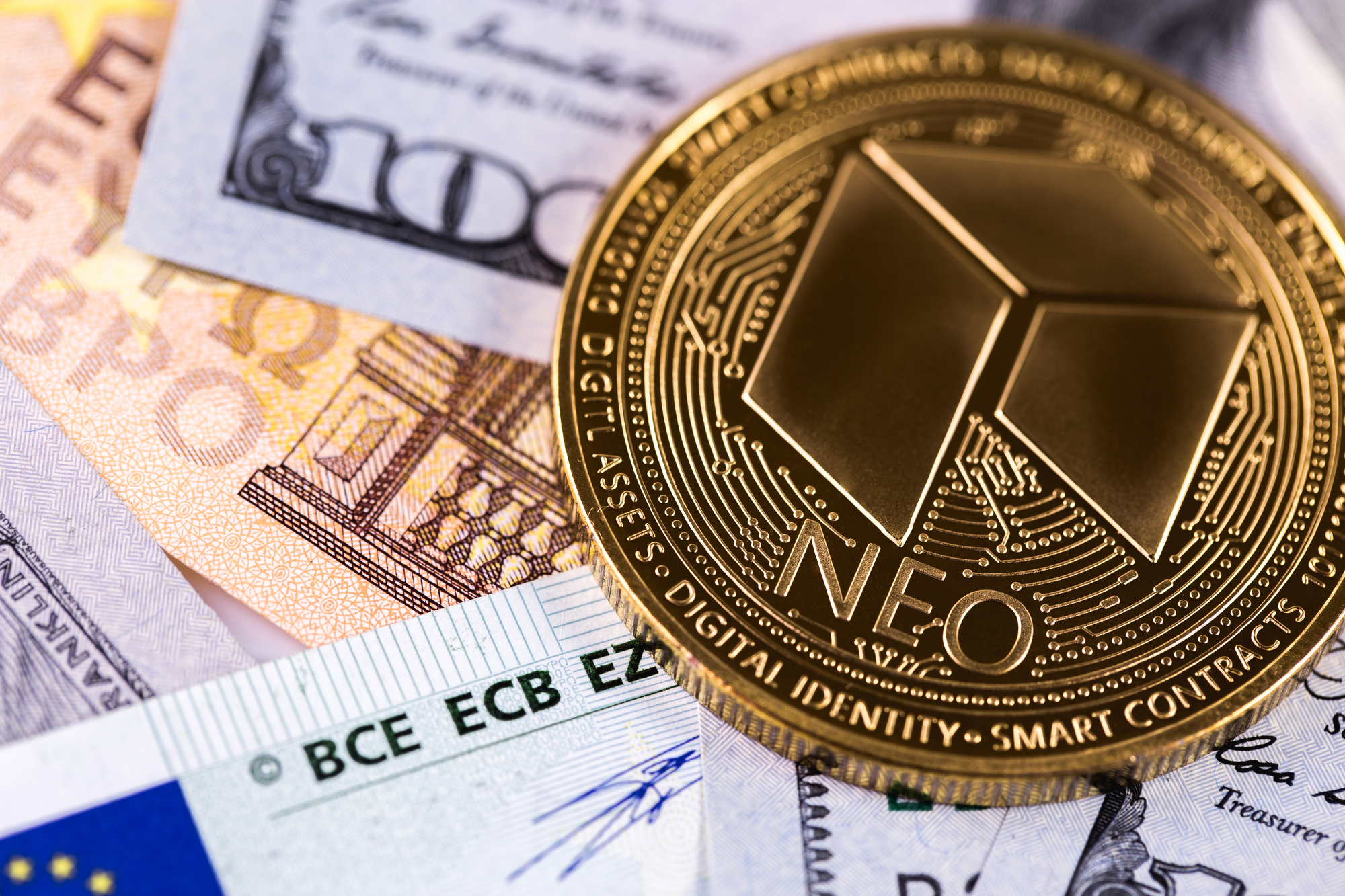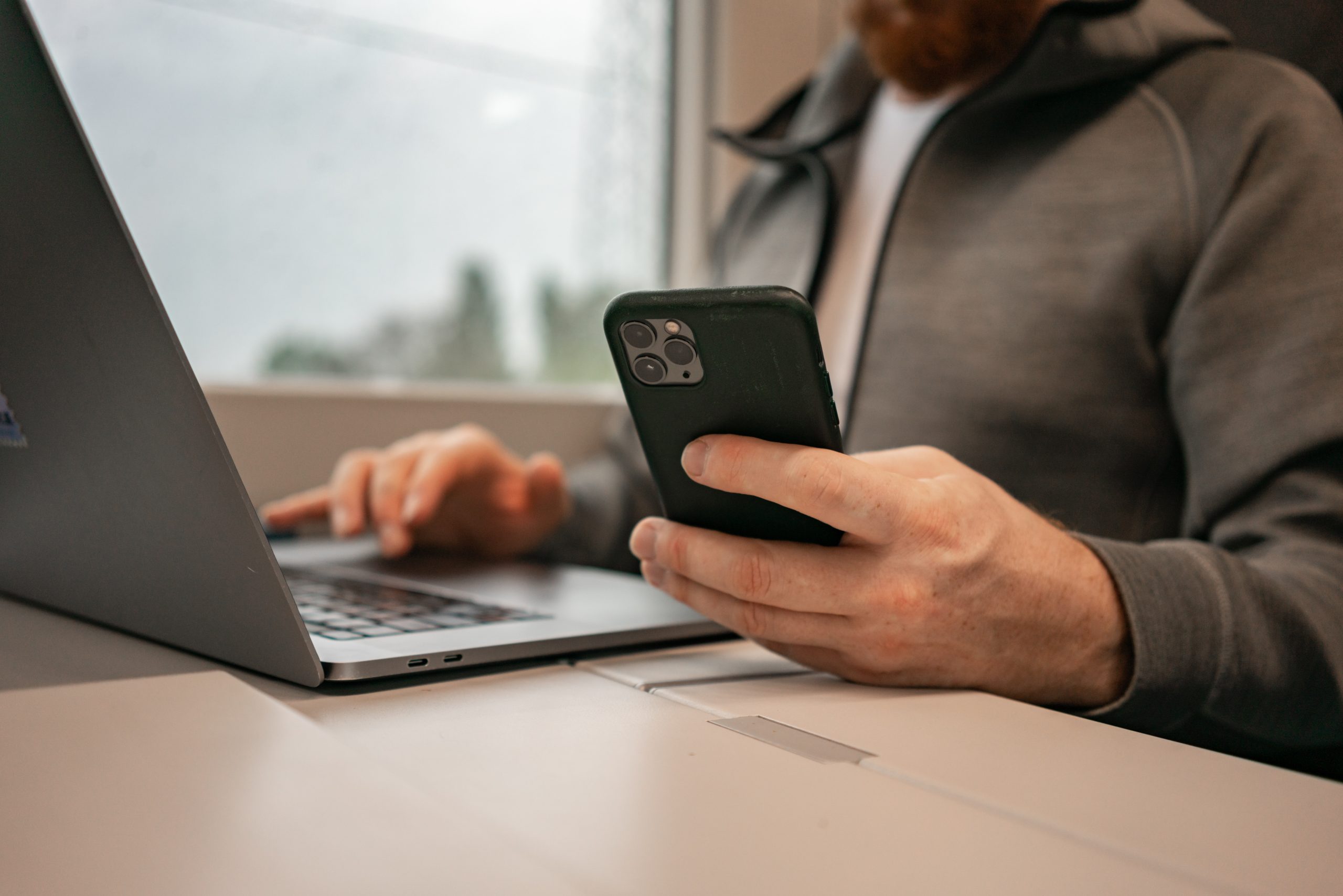One of the biggest buzzwords in business is ‘gamification’. Gamification is the result of combining traditional gaming elements with another type of activity, whether related to marketing, business, or education. These ‘gaming elements’ include things like keeping score, following specific rules, and advancing to another round—to name a few.
Since gamification began, it’s become a hugely popular way for companies to create meaningful connections with their buyers or target audiences. For example, apps like Duolingo rely on gamification to make language learning easier. On the other hand, projects like the CHANEL Coco Game Center (active briefly in 2018) were brief forays into retro gaming, arcade layouts, and high fashion.
Let’s take a closer look at the intersection of business and gamification, including why gaming has found its way into the industry and which use cases have proved most successful.
Why Gaming Works
At its most basic, gamification revolves around the idea of meaning. In other words, transforming content into a type of game makes the experience of interacting with that material more memorable—whether learning Italian, trying out a new shade of lipstick, or onboarding onto a loyalty program.
That’s because people tend to pay a bit more attention when they’re playing a game. Let’s take a look at a non-gamification example: roulette. The game, which is largely accessed online today, includes a board with 38 options and a spinning wheel. Though players have no way of knowing where the ball will land on the wheel (and which number will pay out), they’re still able to glean probabilities based on how the game is playing out.
That means that roulette players who are working with a particular strategy are also learning about mental mathematics, hard probabilities, and how to manage a long-term tactical approach to the game. Though they’re playing to have fun, they’re also busy thinking and analyzing—and this is what businesses are hoping to tap into when they create gamification experiences.
The Ultimate Onboarding
The idea behind gamification for businesses (versus education, for example) is to create an unforgettable experience—sometimes quite literally. Below, we’ll cover two examples of gamification that’s targeted at customers. However, we should first focus on internal business operations.
When a new employee starts working for a new company, they have to learn the ropes quickly. Depending on the position, there may be a lot of new information, terms, and processes to understand. For that reason, many businesses opt to develop gamification that’s geared toward onboarding new employees. Put simply, when they learn through games, they’re more likely to remember new content, engage with it meaningfully, and also avoid boring seminars and massive binders.
OTT Loyalty Programs
Let’s shift toward another type of gamification—one that’s geared toward the customer. Loyalty programs are a great way for businesses to keep their top customers happy and returning. Some companies have gone above and beyond to craft games that are just for their reward members. These even include mobile apps.
Let’s go back to another example from the high fashion world. Shortly after Chanel wrapped its boutique COCO Arcade experience, Louis Vuitton decided to try something new. To celebrate its centennial, the company released the mobile app Louis the Game. In the game, players navigate magical worlds as a teddy bear named Vivienne. Along the way, they can accrue candles, which can be exchanged for NFTs and other exclusive items.
Customization—Only It’s Fun
Offering customers a next-level loyalty program is only one way that gamification can help a company stand out. Another great option is customization. Today, most top companies have a mobile app—even if its functionality is limited, it signals to customers that they’re remaining at the forefront of tech. But not all projects have to focus on rewards.
For example, Nike has taken its Run Club to the next level with a bit of gamification that’s geared toward customization. To prevent runners from abandoning this fitness app, Nike created an interface that’s fun—and closely mirrors mobile games. In other words, it turns the user into a player and the entire app into a game. The app includes social features, challenges, and benchmarking, which bridges both gaming and fitness needs for users.







